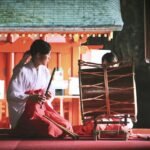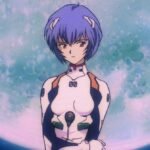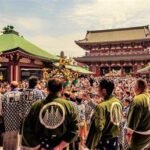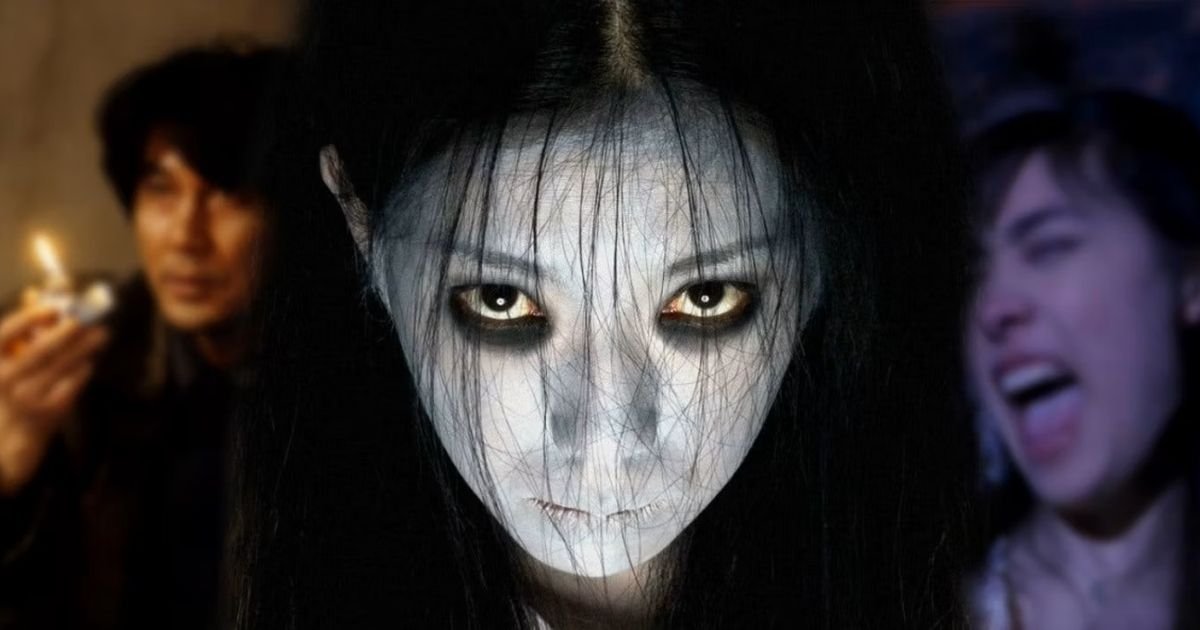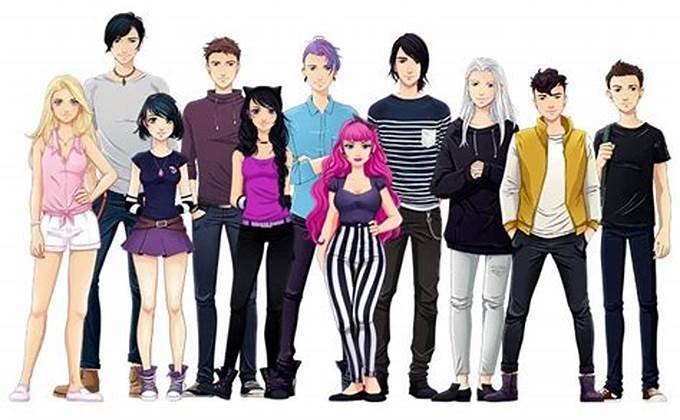Japanese storytelling has long been celebrated for its rich visual language, where images speak as powerfully as words. From the intricate art of woodblock prints to the captivating scenes of anime and live-action films, Japan’s visual storytelling offers a distinct and profound way of communicating emotions, cultural values, and narratives. This article explores how Japanese filmmakers and artists use visuals to craft deeply immersive stories that resonate across cultures.
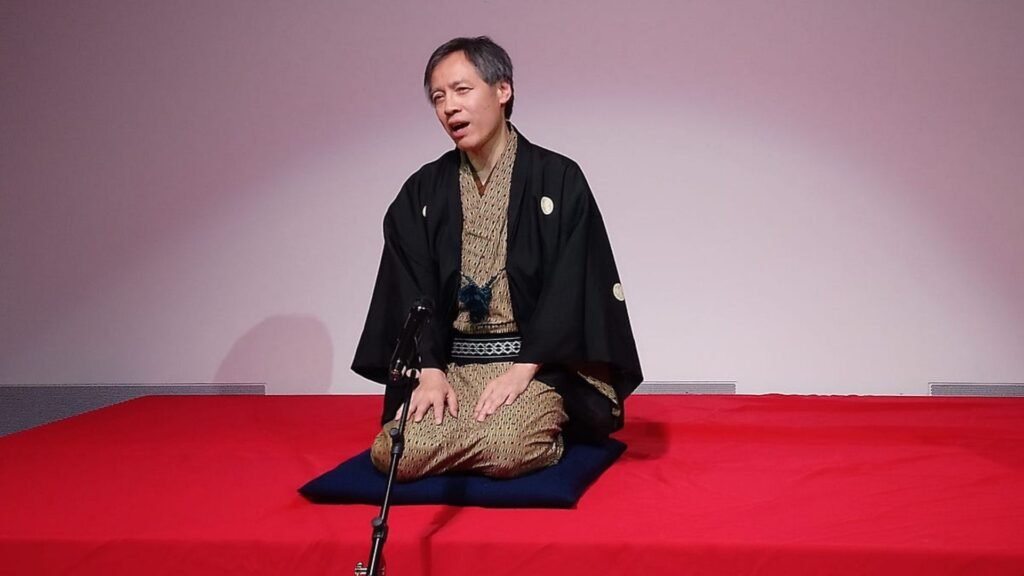
Visual Symbolism in Japanese Cinema
Japanese cinema often uses visual elements as symbols, conveying deeper meanings beyond the surface. Directors like Akira Kurosawa and Yasujiro Ozu have mastered the art of visual storytelling, where every shot and every frame carries symbolic weight.
Nature as a Metaphor
In many Japanese films, nature plays a central role in conveying mood and theme. For instance, Kurosawa often used weather elements like rain, wind, and fog to intensify the emotional landscape of his films. In Rashomon (1950), rain serves as a metaphor for chaos and moral ambiguity, while in Seven Samurai (1954), rain-soaked battle scenes amplify the tension and brutality of the fight.
Similarly, in Yasujiro Ozu’s films, the changing seasons often symbolize the passage of time and life’s impermanence. His use of still shots featuring landscapes or empty rooms emphasizes the subtle transitions in his characters’ lives, allowing the visuals to reflect the emotional undercurrents of the narrative.
The Art of Minimalism
Minimalism is a hallmark of Japanese visual storytelling, where simplicity allows for deeper emotional impact. Rather than relying on grandiose visuals or complex sets, Japanese filmmakers and artists focus on the essential elements of a scene, letting quiet moments speak volumes.
Silent Spaces and Stillness
Ozu’s Tokyo Story (1953) is a perfect example of this minimalist approach. The film features long, static shots of everyday moments, such as a family sitting together or a child walking through a house. These moments of stillness and silence invite the viewer to reflect on the unspoken emotions of the characters, creating a deep sense of intimacy and poignancy.
In anime, minimalism can be seen in works like My Neighbor Totoro (1988), where director Hayao Miyazaki uses quiet scenes of nature and simple character interactions to evoke a sense of nostalgia and wonder. The beauty of these scenes lies in their simplicity, drawing viewers into the story’s emotional core without overwhelming them with visual complexity.
The Use of Color
Color plays a significant role in Japanese storytelling, often used to evoke specific emotions or highlight important themes. Filmmakers and animators use color to create striking contrasts and build atmosphere, enhancing the emotional depth of the story.
Color in Anime
In Spirited Away (2001), Miyazaki uses vibrant colors to differentiate between the human world and the spirit world. The bright reds, greens, and blues of the bathhouse where the protagonist, Chihiro, works create a sense of wonder and magic, while the muted tones of the real world reflect the mundane nature of her everyday life. The contrast between these two worlds highlights Chihiro’s journey of self-discovery and transformation.
Monochrome Mastery in Samurai Films
In black-and-white samurai films like Yojimbo (1961) and The Sword of Doom (1966), the absence of color emphasizes the stark moral choices faced by the characters. The use of shadow and light becomes more pronounced, creating a visually dramatic experience that heightens the tension and emotional intensity of the story.
Pacing and Time as Visual Tools
Japanese filmmakers often use pacing and the passage of time as visual tools to shape the storytelling experience. Slow, deliberate pacing allows the viewer to fully immerse in the scene, absorbing the emotions and details that may otherwise be overlooked in a faster-paced narrative.
Slow Cinema in Japanese Films
In films like Still Walking (2008) by Hirokazu Kore-eda, the slow pacing mirrors the rhythms of everyday life, allowing moments of silence, contemplation, and reflection to unfold naturally. This deliberate pacing reflects the Japanese cultural appreciation for patience, quietude, and observation, offering a meditative viewing experience.
Blending Traditional and Modern Visual Styles
Japanese visual storytelling often bridges the traditional and the modern, blending ancient artistic techniques with contemporary mediums like anime and digital film. This fusion of old and new creates a dynamic storytelling style that feels both timeless and innovative.
Influence of Ukiyo-e on Modern Visuals
The traditional art of ukiyo-e woodblock prints, with its bold lines, flat perspectives, and use of negative space, has deeply influenced modern Japanese animation and graphic design. Anime series like Samurai Champloo (2004) and films like The Tale of the Princess Kaguya (2013) pay homage to this artistic tradition, using similar visual techniques to craft scenes of stunning beauty.
Cyberpunk Aesthetics in Japanese Sci-Fi
In contrast, films like Ghost in the Shell (1995) and Akira (1988) represent the modern, futuristic side of Japanese storytelling. The neon-lit urban landscapes and cyberpunk aesthetics of these films reflect Japan’s engagement with modernity, technology, and the anxieties of a rapidly changing world. These visual elements create a distinct narrative tone that merges traditional themes of identity and morality with contemporary concerns about technology and humanity.
Conclusion
The beauty of Japanese storytelling through visuals lies in its ability to communicate complex emotions, themes, and narratives through images. Whether it’s the symbolic use of nature, the minimalist framing of a scene, or the vibrant colors of anime, Japanese filmmakers and artists have mastered the art of visual storytelling. By prioritizing imagery over dialogue and using pacing, symbolism, and color, they create stories that resonate deeply with audiences around the world.


